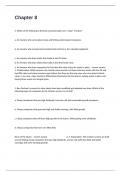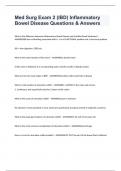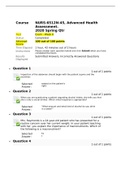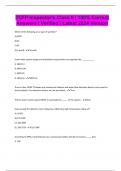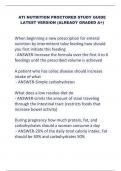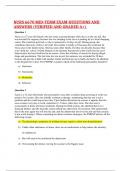Exam (elaborations)
Chapter 8 Comprehensive Exam Study Questions And Answers Guaranteed Pass.
- Course
- Institution
4. Which of the following is the best characterization of a "value" investor? a. An investor who cares about value and finding undervalued companies. b. An investor who incorporates fundamentals into his or her valuation judgment. c. An investor who buys stocks that trade at low PE ratios....
[Show more]
